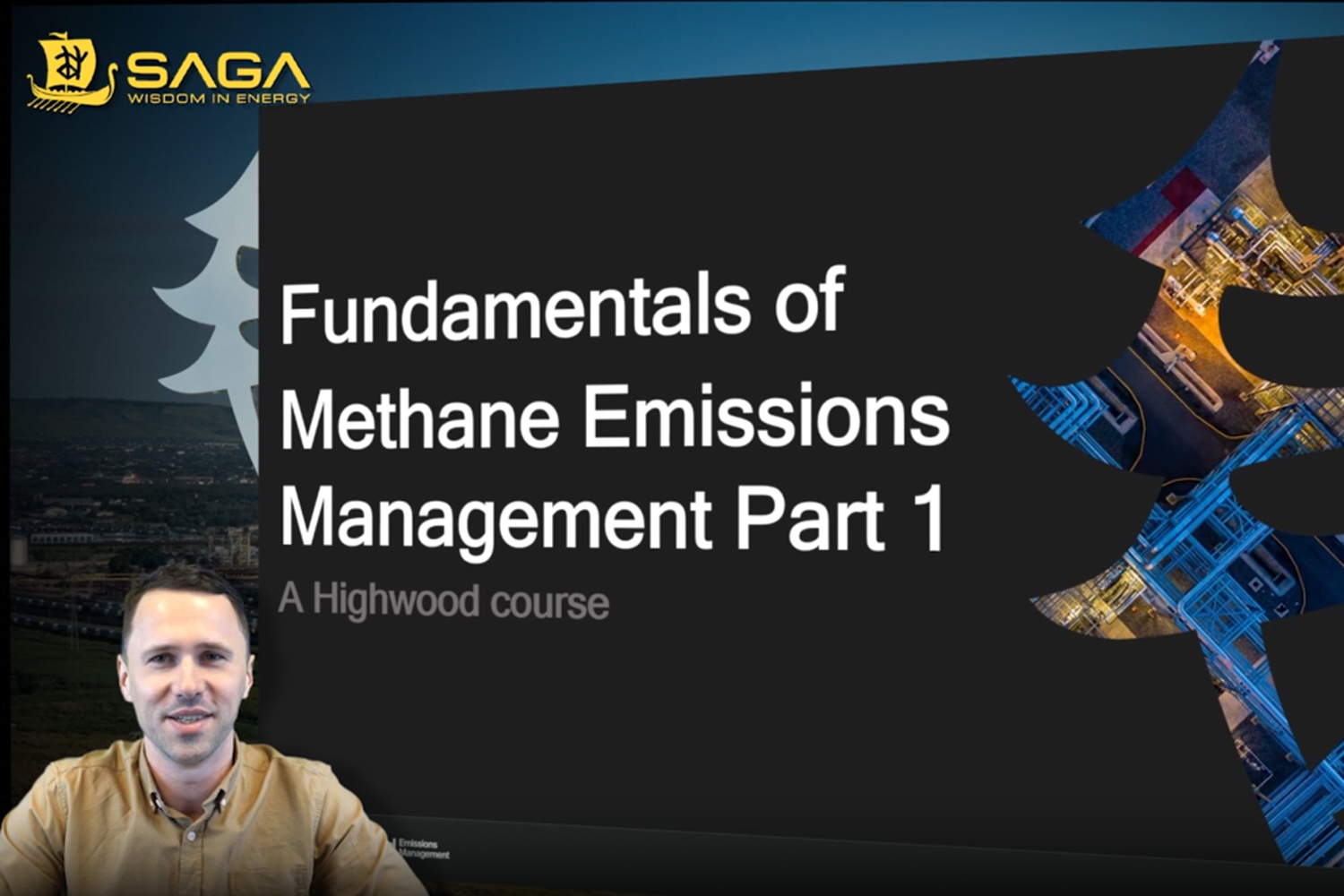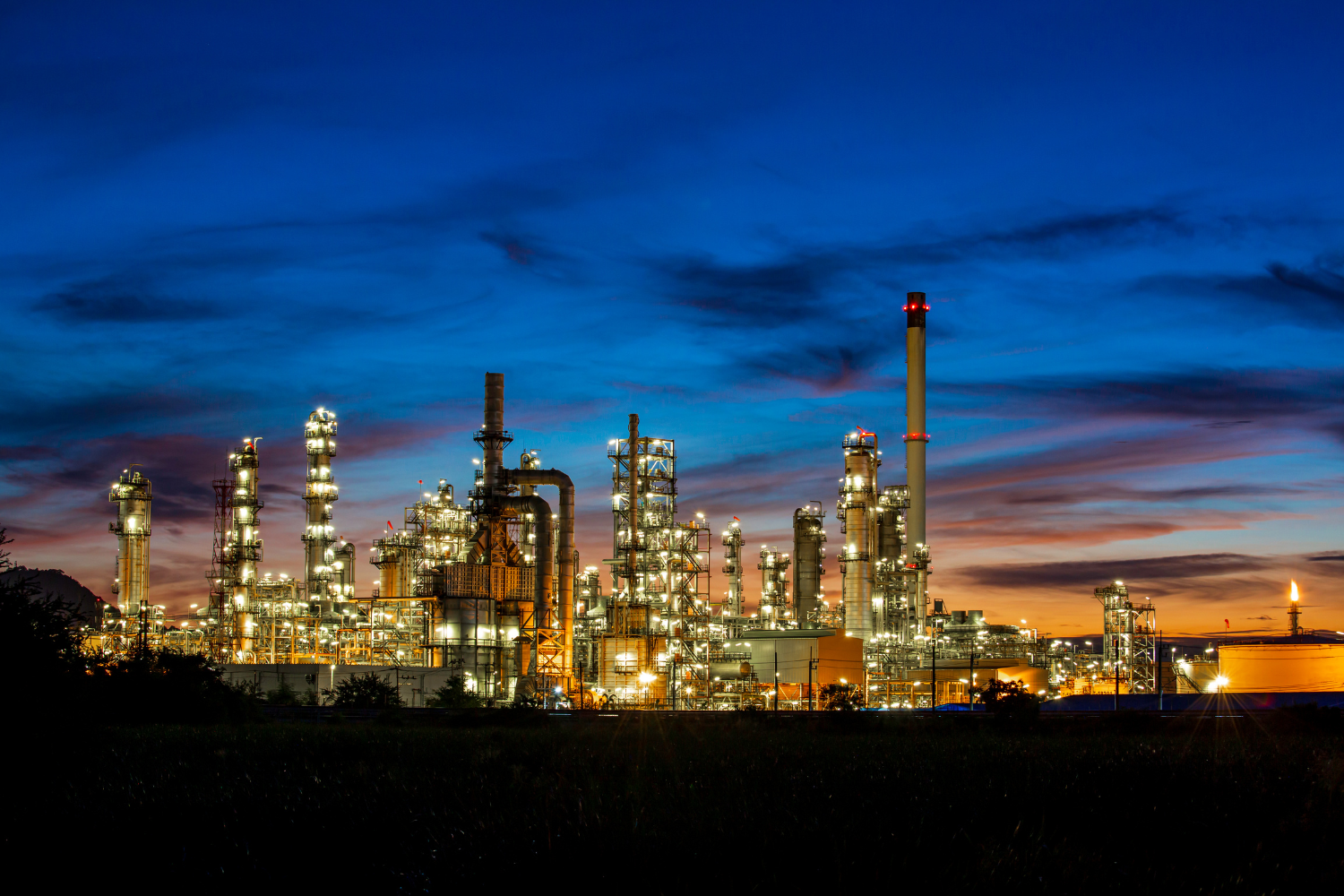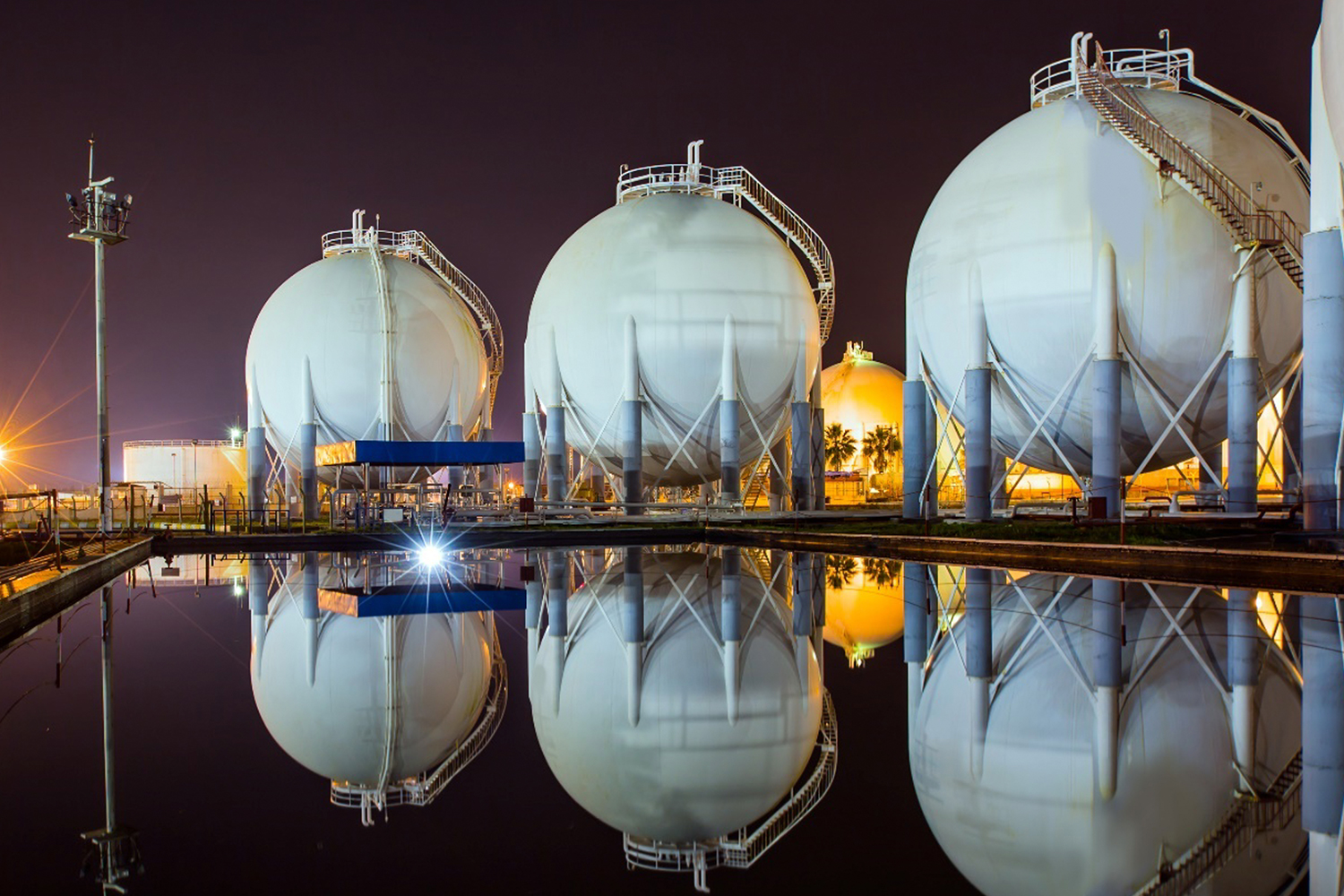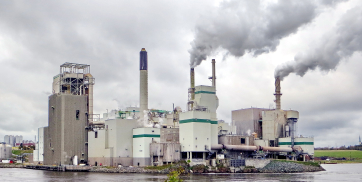On May 6th, 2024, the EPA finalized amendments to the Subpart-W methodology (petroleum and natural gas emissions sources) of the Greenhouse Gas Reporting Program (GHGRP).1 The revisions are intended primarily to address gaps in reporting, so that all methane emissions from applicable facilities are reported, by:
- Adding new emissions calculation methodologies
- Improving existing emissions calculation methodologies
- Improving verification and transparency of data collected
- Including technical amendments, clarifications, and corrections
These revisions will be in effect January 1st, 2025,2 with submissions for the 2025 reporting year due March 31st, 2026. An operator’s Waste Emissions Charge (WEC) for 2025 emissions will be assessed based on these revisions (1200 USD/tCH4 above the threshold). However, facilities may choose to use the Subpart-W revisions for the 2024 reporting year, which could be beneficial regarding WEC liability. Additionally, the final Subpart-W rule allows facilities to use a single consistent method to demonstrate compliance with multiple EPA programs, where a Subpart-W facility contains sources that are also subject to NSPS OOOOb or EG OOOOc; data derived from OOOOb implementation can be used for GHGRP, rather than requiring different monitoring methods.
These amendments to Subpart-W were originally proposed July 6, 2023. Updates to the proposed version include: removing the 250 mtCO2e total event threshold for other large release events, reducing default other large release event duration from 182 to 91 days, allowing facilities to opt into the revised methodology a year earlier than mandatory, and updating methane’s GWP in Subpart-A from 25 to 28.
Background
In response to a 2008 Congressional mandate, the GHGRP has collected data from the largest greenhouse gas emitting facilities in the U.S since 2010; Subpart-W prescribes the reporting methodology for petroleum and natural gas sources to the GHGRP. In 2022, the Inflation Reduction Act (IRA) expressly affirmed EPA’s authority to address methane pollution under the Clean Air Act, and directed the EPA to revise Subpart-W so that reporting:
- Is based on empirical data
- Accurately reflects the total methane (and waste) emissions
- Allows use of empirical emissions data for WEC assessment
New Methane Sources
Due to atmospheric observations and other emissions analyses (e.g., Zimmerle, et. al., 2020, Pacsi, et. al., 2019, Subpart W TSD, EPA, 2024), the EPA became aware of potential gaps in the total methane emissions reported via Subpart-W. These gaps include potentially significant sources of emissions with no Subpart-W requirements, and sources which were previously not required to be reported in all industry segments which they exist. These sources are:
New Sources
- Other large release events3
- Nitrogen removal units
- Produced water tanks
- Mud degassing
- Crankcase venting
Sources Extended to more Segments
- Blowdown vent stacks
- Pneumatic device venting
- Dehydrator vents
- Acid gas removal units
Measurement and Advanced Technology
EPA has significantly incorporated and enhanced direct measurements in the updated Subpart-W. Data collection for onshore production and gathering and boosting facilities will be at the granularity of individual well pad and gathering boosting sites. New calculation methodologies options that use direct measurement have been made available for sources which previously used emission factors, such as equipment leaks and pneumatic devices. Advanced measurement approaches are provided to identify and quantify other large release events, completions, workovers with fracking, and flare efficiency. The finalized revisions allow the third-party use of advanced technology to quantify other large release events, with EPA currently finalizing the option to use top-down monitoring to estimate these abnormal emissions over 100 kg/h. The EPA clarifies that only notifications sent by the EPA through the Super-Emitter Program require action.
Although Subpart-W revisions are now finalized, the EPA has left itself wiggle room for improvement:
- They clarify that confidentiality and reporting determinations for relevant data elements are still being finalized.
- They are still finalizing several reporting requirement revisions to improve verification and transparency.
- This summer, they plan to solicit input on the use of advanced measurement data and methods in Subpart-W; this will be used to consider further rulemaking.
- They plan to, at least biennially, continue to solicit engagement regarding advanced measurement and detection technologies; these will be used to keep the EPA up to date with technological advances and appropriateness for regulatory use.
Highwood Can Help
Although all the changes to Subpart-W and your associated tax liability can seem overwhelming, Highwood has a team of experts dedicated to change management in the oil and gas industry. Recognized as methane-focused emissions management experts, Highwood has direct client experience in sampling strategies, inventory development, alignment with voluntary initiatives, and super-emitter response readiness. This experience, combined with leading education & research in the methane space, enables Highwood to empower operators to capitalize on public and private data streams to find the truth on their methane emissions; we help our clients build measurement-informed inventories which are credible and defensible to both public scrutiny and investors.
Are you wondering if your facility should opt in to using the measurement focused Subpart-W revisions early, for a lower WEC assessment in 2024? If so, contact us to set up a brief chat.
1This action also finalizes revisions to the general provisions (subpart A) and the general stationary fuel combustion (subpart C) source category of the Greenhouse Gas Reporting Rule to improve calculation, monitoring, and reporting of greenhouse gas data for petroleum and natural gas systems facilities.
2 One exception is the reporting of the quantities of natural gas, crude oil, and condensate produced that is sent to sale in the calendar year for each well permanently taken out of production (i.e., plugged and abandoned); those provisions would become effective on January 1, 2025 and reporters must include that information in their reports prepared for RY2024 and submitted March 31, 2025.
3The “other large release events” category captures abnormal emission events that are not accurately accounted for using existing methods in subpart W. This rule streamlines this source category by finalizing a single threshold of 100 kg/hr methane and specifying that the only third-party information required to be considered under other large release events are the notifications sent by the EPA through the Super-Emitter Program.

